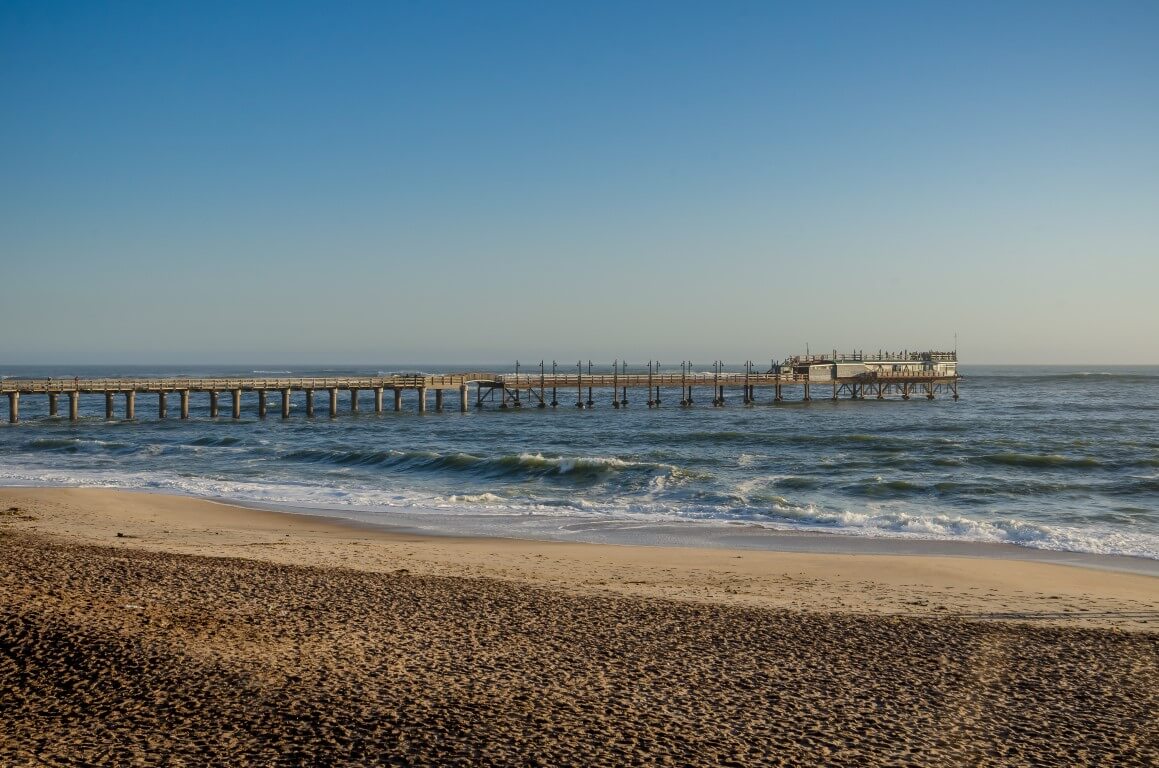Namibia is set to open its borders to international visitors - the first country in the Southern Africa region to do so - in an attempt to avert a loss of N$20 billion in tourism revenue.
This was announced by president Hage Geingob, while revealing that a ministerial task force, led by the Ministry of Environment, Forestry and Tourism, would commence an assessment of opening up to international tourism from countries with a lower COVID-19 risk.
Geingob said tha Namibia would allow foreign tourists with COVID-19-free certificates into the country. These tourists would have to be tested for COVID-19 upon entry, and undergo a mandatory two-week quarantine period at their own cost.
Geingob said although the points of entry would remain closed when Namibia moves to stage 4 from 30 June to 17 September, the government will conduct a targeted international tourism revival initiative from 15 July to 15 August in collaboration with the tourism and hospitality sector.
This initiative will consider accommodating a limited number of tourists, to be determined in consultation with the private sector, from a carefully selected low-risk market which can potentially contribute to the country's tourism sector.
This sector employs over 100 000 Namibians.
Stage 4 explained
The president said as of 30 June all Namibians and non-Namibians entering the country will be subjected to a mandatory Covid-19 test on arrival, as well as mandatory government-supervised quarantine at own cost.
“Only citizens who cannot afford to quarantine at own cost can apply to be quarantined at the cost of the government,” he said.
During stage 4, public gatherings of 250 people at a time are allowed.
The Erongo region has been moved to stage 3 despite recording 24 out of 28 new COVID-19 cases in June.
The region moves to the new stage until midnight on 6 July, the president said.
Walvis Bay, Swakopmund and Arandis, however are still limited to 10 people at public gatherings, while in the rest of the region 50 people are allowed at public gatherings at a time.
Travelling between towns in the Erongo region and to the rest of the country will be permitted, with the exception of Walvis Bay, Swakopmund and Arandis, Geingob said yesterday.
He said travelling to the three local authorities is highly discouraged and will be restricted to emergency situations only as defined in official regulations.
Minister of health and social services Kalumbi Shangula said the Erongo region will be monitored on a weekly basis, and stages may be reduced or extended subject to changes in the country's epidemiological situation.
Shangula urged the public to adhere to regulations and to continue maintaining social distancing of at least one metre between people, as well as wearing masks and sanitising to minimise the risk of infection.
Businesses are still required to keep a register of customers to assist with possible contact tracing.
“Points of entry will remain closed, except for the transportation of imported goods. The government will conduct a targeted tourism initiative from 15 July to 15 August in collaboration with the private sector,” he said, corroborating the president's announcements.
Namibians, permanent residence holders and professionals with valid work permits (as defined in regulations) should notify the Namibian embassy and high commission of their intent to travel to Namibia no less than two weeks prior to their departure.
Only categories as defined in the regulations will be granted entry into the country.
Liquor outlets, shebeens and bars may operate under normal working hours, but the sale of alcohol will be restricted from 09h00 to 18h00 from Monday to Saturday.
The sale of alcohol will be prohibited on Sundays.
Casinos and gambling houses may only open for prebooked clients.
Sporting events and activities are allowed to resume, limited to 250 people gathering at a time.

